The 7 Most Common Spiders in Tennessee: A Homeowner's Guide

Living in Tennessee offers a unique blend of natural beauty and a close-knit community. However, it also comes with its share of creepy crawlers, especially spiders. While many spiders are harmless and play a crucial role in our ecosystem by controlling pests, it's helpful for homeowners to be aware of the most common spider species in the region. Here’s a guide to help you identify them and manage any potential concerns.
1. Common House Spider (Parasteatoda tepidariorum)

The common house spider is perhaps the most recognized species in homes across Tennessee. These small, tan spiders often weave webs in corners, basements, and attics. They can grow up to 3/8 inch in size and are harmless to humans. Their primary diet consists of flies, moths, and other small insects, making them beneficial for pest control.
Identification
- Size: Approximately 1/4 to 3/8 inch in body length.
- Color: Light brown to yellowish, often with mottled patterns.
- Web: Creates tangled webs in corners of rooms, basements, and attics.
- Habitat: Often found indoors in undisturbed areas.
Danger Level
Common house spiders are harmless to humans. While they can bite if provoked, their bites are typically mild and cause only minor irritation.
2. Brown Recluse Spider (Loxosceles reclusa)
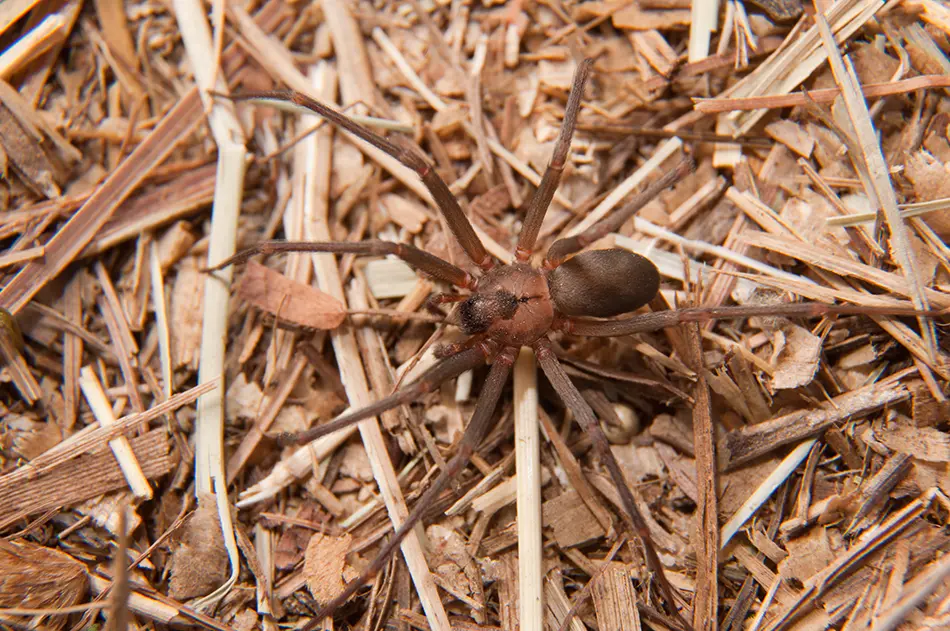
The brown recluse is known for its distinctive violin-shaped marking on its back. While bites from this spider can cause severe reactions, encounters are relatively rare. Brown recluses tend to prefer undisturbed areas like closets or garages. If you spot one, it’s best to exercise caution and avoid handling it.
Identification
- Size: 1/4 to 1 inch long (including legs).
- Color: Light brown with a distinctive violin-shaped mark on its back.
- Web: Builds irregular webs in secluded spots, such as closets, attics, and woodpiles.
- Habitat: Prefers dark, hidden areas where it can remain undisturbed.
Danger Level
The brown recluse is venomous and can be dangerous. Its bite may cause severe skin lesions and systemic reactions in sensitive individuals. If bitten, seek medical attention immediately.
3. Black Widow Spider (Latrodectus mactans)

Black widow spiders are easily identified by their glossy black bodies and red hourglass markings on the underside of their abdomens. While their bites can be dangerous, these spiders are generally reclusive and prefer dark, secluded places. Homeowners should take extra care when cleaning out sheds, basements, or other neglected areas where they might reside.
Identification
- Size: 1/2 to 1 1/2 inches long (including legs).
- Color: Glossy black with a red hourglass marking on the underside of the abdomen.
- Web: Creates irregular, messy webs in dark corners, often near the ground.
- Habitat: Commonly found in sheds, garages, and under outdoor furniture.
Danger Level
Black widow spiders are highly venomous and pose a significant risk to humans. A bite can cause severe pain, muscle cramps, and other symptoms. If bitten, seek medical assistance immediately.
4. Wolf Spider (Lycosidae family)
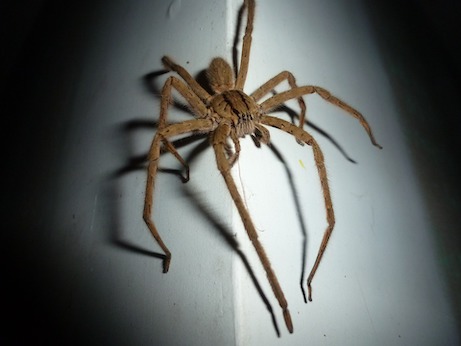
Wolf spiders are robust and agile hunters, often seen during the day. They vary in color, typically brown or gray, and can be mistaken for other species. Unlike most spiders, they do not spin webs; instead, they hunt their prey. While they may be intimidating due to their size (up to 2 inches long), they are not harmful to humans.
Identification
- Size: 1 to 2 inches long.
- Color: Brown to gray, often with dark stripes and a hairy appearance.
- Web: Does not build webs; instead, hunts actively.
- Habitat: Commonly found outdoors in gardens, under rocks, and in leaf litter.
Danger Level
Wolf spiders are not dangerous to humans, though their bite can be painful. They are beneficial for pest control as they feed on insects.
5. Jumping Spider (Salticidae family)
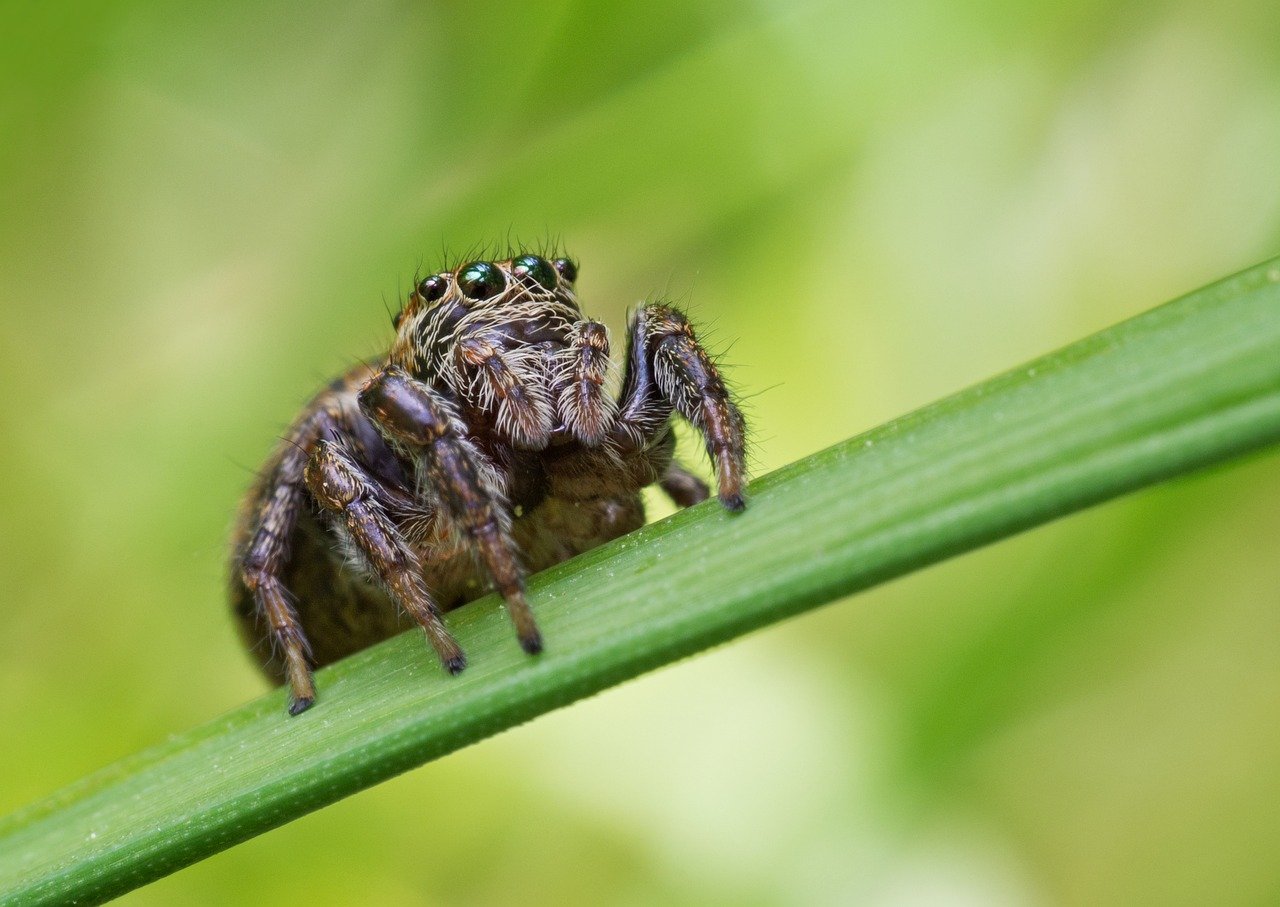
Jumping spiders are small, with a compact body and large eyes. They are known for their incredible jumping ability, which they use to pounce on prey. Common in gardens and homes, these spiders are beneficial as they consume various pests. They are harmless to humans and are often seen basking in sunlight.
Identification
- Size: 1/8 to 1 inch long.
- Color: Varies widely; often black or brown with white, red, or yellow markings.
- Web: Minimal webbing; often seen jumping and hunting actively.
- Habitat: Found both indoors and outdoors, often in sunny spots.
Danger Level
Jumping spiders are harmless and can be a fun addition to your garden as they are excellent hunters of insects.
6. Garden Spider (Argiope aurantia)
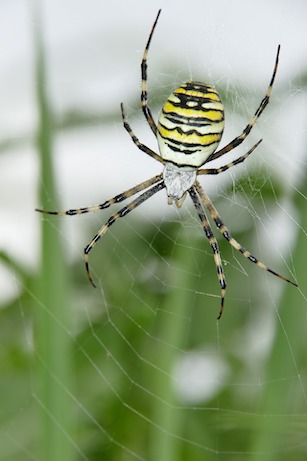
Also known as the black and yellow garden spider, this striking species can be spotted in gardens and open fields throughout Tennessee. They create large, intricate webs and are typically harmless to humans. Their distinctive yellow and black coloring makes them a fascinating sight, and they help control garden pests.
Identification
- Size: 1 to 2 inches long (including legs).
- Color: Black and yellow, with a distinctive pattern on its abdomen.
- Web: Creates large, circular webs in gardens and fields.
- Habitat: Common in gardens, fields, and near homes.
Danger Level
Garden spiders are not dangerous to humans. Their bites may cause minor irritation but are generally harmless. They are beneficial for controlling pest populations in your garden.
7. Cellar Spider (Pholcus phalangioides)
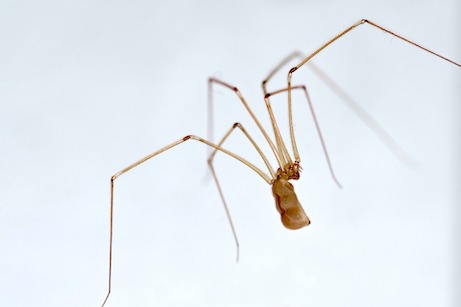
Often found in basements, cellars, and crawl spaces, cellar spiders are easily recognized by their long, thin legs and small bodies. They create tangled webs and are sometimes mistaken for the dangerous brown recluse. However, they are completely harmless and are effective at catching other spiders, including more harmful species. Their presence can be beneficial for keeping your home free of pests.
Identification
- Size: 1/4 to 1/2 inch long.
- Color: Pale yellow to grayish, with long, thin legs.
- Web: Creates messy webs in dark, damp places, such as basements and crawl spaces.
- Habitat: Typically found in basements, attics, and garages.
Danger Level
Cellar spiders are harmless to humans and are often confused with brown recluse spiders due to their long legs. They help control other pests in the home.
Safety Tips for Homeowners in Tennessee
- Inspect Your Home: Regularly check for spider activity in dark corners, basements, and attics. Keep storage areas clean and clutter-free to reduce hiding spots.
- Seal Entry Points: Close gaps in windows, doors, and foundations to prevent spiders from entering your home.
- Use Caution When Handling: If you need to remove a spider, use a jar and a piece of paper rather than your hands. Always be cautious, especially with spiders you cannot identify.
By familiarizing yourself with these common spiders in Tennessee, you can better manage your home environment and enjoy the beauty of nature without fear. Learn how to prevent spiders in your house.
When to Seek Professional Help
If you suspect you have a brown recluse or black widow infestation, or if you notice an unusually high number of spiders in your home, consider contacting your local pest control professionals at HTP Termite & Pest Control. Our exterminators can help identify the species and determine the best course of action to ensure your home remains a safe and comfortable space. Contact our team today!
